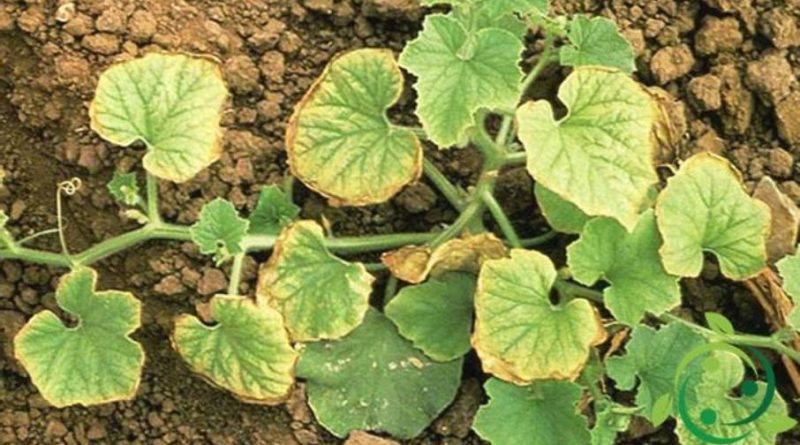Role of Molybdenum in plants
Role of Molybdenum in plants
Molybdenum (Mo) is one of the essential trace elements for plant life. In this sheet we see what is the role of Molybdenum in plants and the effects of deficiencies or excess. Let’s say immediately that molybdenum intervenes especially at the level of important enzymes in the phase of nitrate reduction and nitrogen fixation. In fact, molybdenum acts on growth by intervening in the nitrogen-fixing and nitrate reduction processes. It is in fact an essential element of the nitro-reductase enzyme, which reduces NO3- to NO2-, an obligatory passage for the transformation of mineral nitrogen into organic nitrogen (necessary for the synthesis of amino acids and proteins). Molybdenum also interacts with the metabolism of iron and phosphorus. Molybdenum, compared to other microelements, is that which is contained in less quantity in soil and plants; among plants that use a lot of molybdenum we find leguminous plants that use a relatively high amount as an integral part of the enzyme nitrogenase, the main one responsible for the biological fixation of atmospheric nitrogen.
In short, this microelement stimulates the absorption of nitrogen by the plants, favoring their transformation into organic matter.
Molybdenum, unlike the other microelements present in the soil, is less soluble in acidic soils and more soluble in alkaline soils; with the result that its availability for plants is conditioned by drainage conditions and pH values. Some plants can contain up to 500 ppm of the metal when they grow on alkaline soils.
With a lack of this element there are small plant manifestations with stunted growth. The leaves are smaller than normal, chlorotic, with spots and leaf yellowing before (especially visible in summer) and with deformations and withering afterwards. In these conditions the foliar consistency is poor, while the central rib is thicker. The lack of molybdenum in legumes causes a minor production of pods.
Ultimately a substantial deficiency of molybdenum then manifests itself with diffused chlorosis, leaves of smaller dimensions that wither and deform, which take on a bronze color, a plant with reduced dimensions and final necrosis. With regard to molybdenum excesses, no significant phenomena are recorded.

